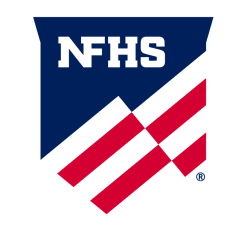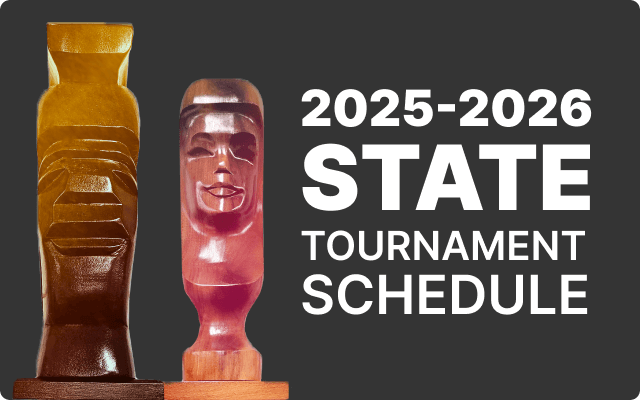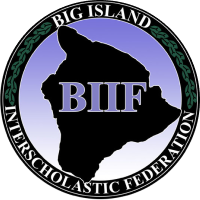The NFHS Voice

 The NFHS Voice
The NFHS Voice
Heat Awareness Top Priority as High School Sports, Performing Arts Begin
Dr. Karissa L. Niehoff, NFHS Executive Director
It is an exciting time of year for the millions of students involved in high school sports and performing arts programs. In many parts of the country, schools are back in session, practices have started, and the first games or performances are just around the corner.
Understandably, those teams that just missed the state playoffs are determined to get off to a fast start and make a deeper run this year. There is an urgency among the coaching staff to get a step ahead, to work harder and to start the season at a faster pace than last year.
However, cooler heads – literally and figuratively – must prevail in the early weeks of fall sports and activity programs. In many states, the soaring temperatures have been garnering headlines for much of the summer. With heat indices approaching or exceeding 100 degrees in some areas, coaches, administrators and athletic trainers must take every precaution to avoid heat stress injuries or deaths.
More than 3.5 million students will be involved in outdoor practices this month – football, cross country, soccer, field hockey and marching band – and heat awareness must be the first item addressed in the daily scheduling of events. Even volleyball teams practicing in hot gyms without air conditioning must be on guard. Last week, the NFHS distributed information about heat concerns to NFHS member state associations. In the most recent 10-year period, the National Center for Catastrophic Sport Injury Research (NCCSIR) reported 42 Exertional Heat Stroke (EHS) events in high school athletes, which included 18 deaths (15 in football, two in basketball and one in soccer).
As we have stated many times in this column, one heat-stroke death is too many because EHS is preventable. Even with one million participants in high school football, death from heat stroke is preventable. Coaches, athletic directors and athletic trainers must have effective prevention plans in place so that student participants are fully protected from heat-related illnesses and injuries.
In addition to football and other outdoor fall sports, participants in marching band are just as susceptible to the effects of heat illness. Like their counterparts on the athletic fields, band directors should provide for a slow and progressive period of acclimatization prior to marching season.
The NFHS, through its Sports Medicine Advisory Committee (SMAC) and the NFHS Learning Center, offers many educational tools to assist schools in developing a proper heat acclimatization and heat illness prevention program. In addition, many state associations have developed state-specific guidelines for dealing with heat issues and safety challenges.
The SMAC has developed a “Heat Acclimatization and Heat Illness Prevention Position Statement” which is available on the NFHS website. This document contains seven fundamentals of a Heat Acclimatization Program. In addition, the SMAC’s “Position Statement and Recommendations for Maintaining Hydration to Optimize Performance and Minimize the Risk for Exertional Heat Illness” is also available on the sports medicine page of the NFHS website.
Through the NFHS Learning Center, the NFHS offers a free online course entitled Heat Illness Prevention. This course, which is available at www.nfhslearn.com, also reviews the seven fundamentals of a Heat Acclimatization Program. More than 2.3 million Heat Illness Prevention courses have been accessed. In addition, to address the necessary precautions for participants in marching band, the NFHS has a free course entitled Band Safety.
Among the fundamentals of a Heat Acclimatization Program are 1) a slow progression in activity level – duration and intensity; 2) adjusting workouts as heat and humidity increase, including close monitoring and a prompt response to developing problems; and 3) proper hydration.
Three other Learning Center courses should be a part of the preseason tutorials for all key members of the school’s team: The Collapsed Athlete, Sudden Cardiac Arrest and Concussion in Sports.
As an additional resource, last year the NFHS Foundation announced a grant program to distribute 5,000 wet bulb globe temperature (WBGT) devices to high schools across the country. The WBGT measures the heat stress in direct sunlight, accounting for temperature, humidity, wind speed, sun angle and cloud cover. High schools can use the thermometer’s reading to help determine if the weather is appropriate to hold outdoor activities. The NFHS Foundation provides a video on proper use of WBGT.
School leaders must continue to take EHS seriously. We encourage every athletic coach and band director to take the free online courses – Heat Illness Prevention and Band Safety – at www.nfhslearn.com. It could be the best investment of time this year.
Dr. Karissa L. Niehoff is in her seventh year as chief executive officer of the National Federation of State High School Associations (NFHS) in Indianapolis, Indiana. She is the first female to head the national leadership organization for high school athletics and performing arts activities and the sixth full-time executive director of the NFHS. She previously was executive director of the Connecticut Association of Schools-Connecticut Interscholastic Athletic Conference for seven years.









